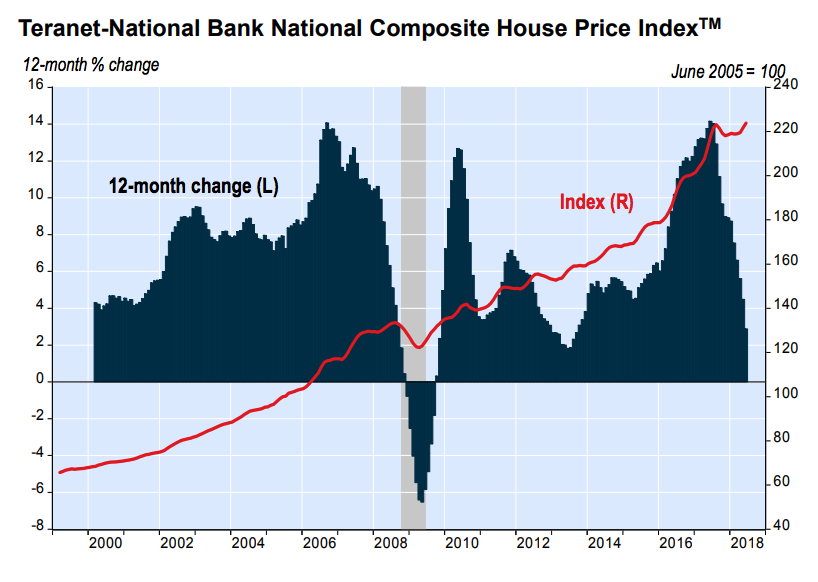Debt doesn’t have to be a four-letter word. Well, it is but it doesn’t have to be a bad thing. It all depends on what kind of debt you have. There are two types of debt: Good and Bad, and if you’ve ever tried to get a loan, these debts are analyzed before a lending decision is made. Now this may seem crazy, but there are debts you should incur, but manage.
Good Debt is defined as an investment that will grow in value. Buying a house, for example, is a prime example of Good Debt. Almost no one plans on paying for their first house with strictly cash; you have to go into debt with a mortgage and pay that mortgage off. This investment, however, will appreciate in value and cancel out any interest you’ve paid over the period of time that you’re paying off that investment.
Student loans are another example of Good Debt. These typically have a low interest rate. Plus, a post-secondary education increases your value as an employee and raises your potential future income. It’s an investment just like a home, but it’s an investment in yourself as opposed to property.
An auto loan can even be considered Good Debt if it’s essential to a business that you may be running. However, unlike a home, cars and trucks lose value overtime, so it’s in your best interest to pay as much as possible up front and avoid high-interest monthly payments.
Bad Debt, on the other hand, is debt that you incur to purchase things that quickly lose their value and will not generate long-term income. These often carry a high interest rate as well, such as credit cards. In these cases, don’t buy it if you don’t need it. A $175-dollar pair of shoes can cost you $250 if you don’t pay off that credit card for years.
Payday loans or cash advance loans are the absolute worst kinds of Bad Debt you can get involved in. Between fees and the excessively high interest rates, you can quickly get underwater with the Quick Cash type of companies. This isn’t news to anyone, but ensuring you don’t have any of that hanging over your head is the best way to avoid Bad Debt getting out of hand.
